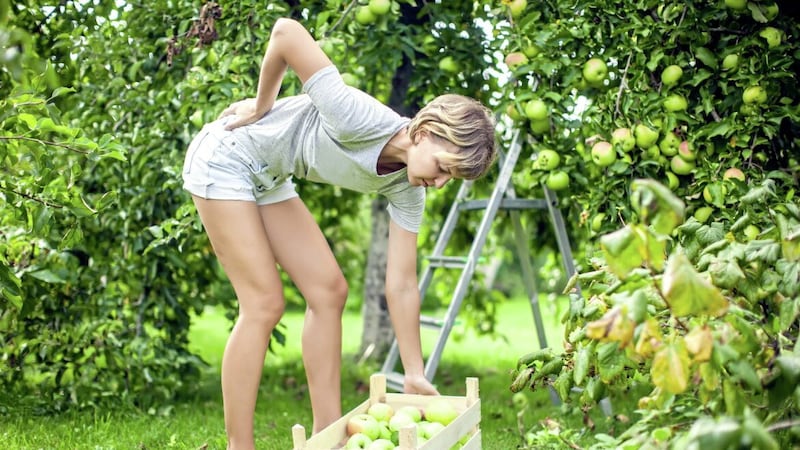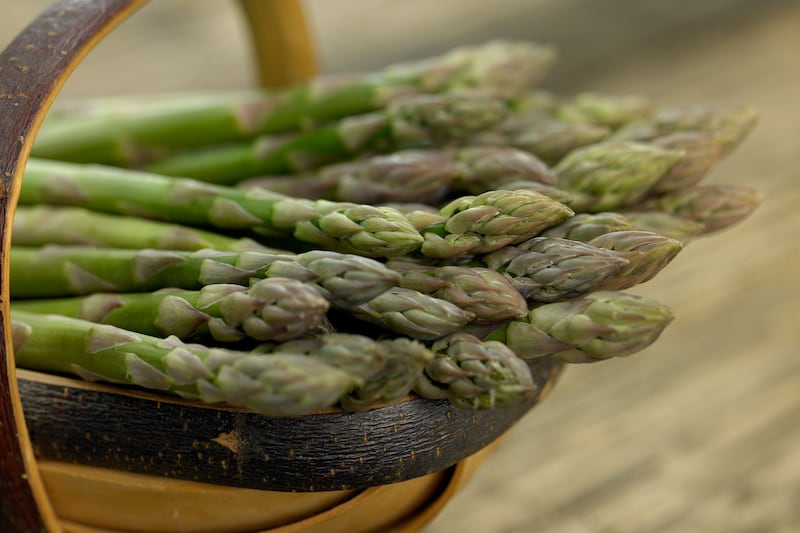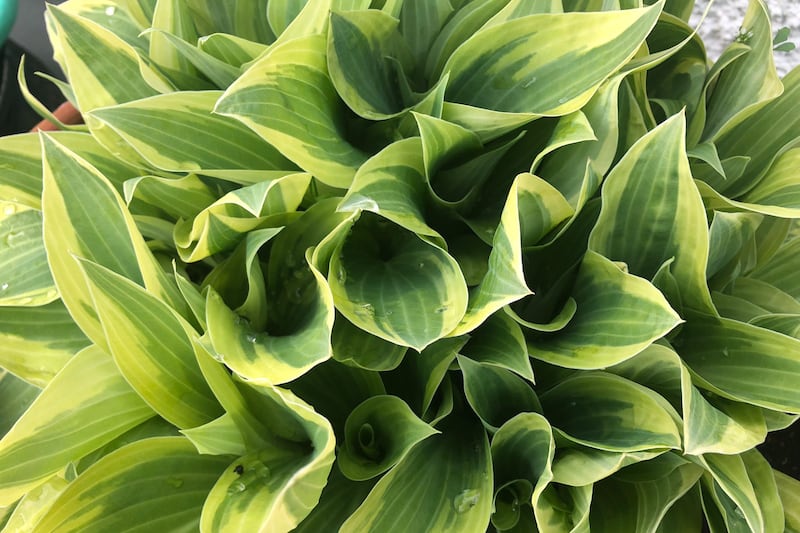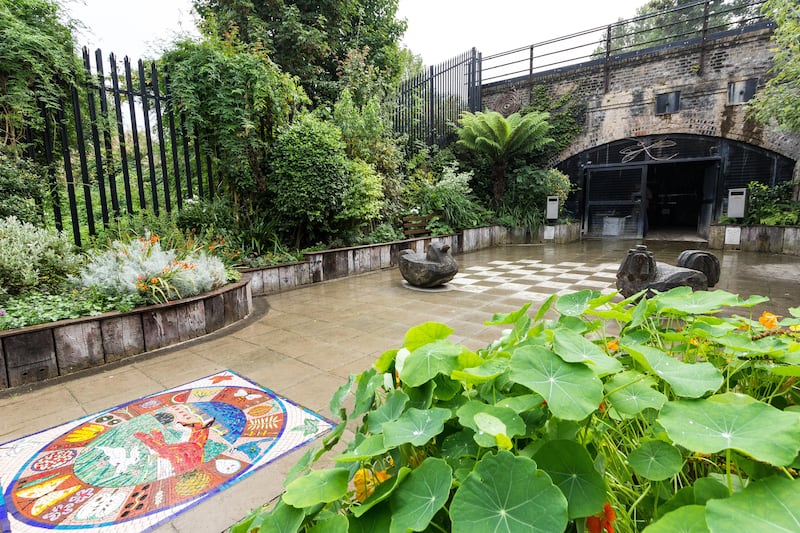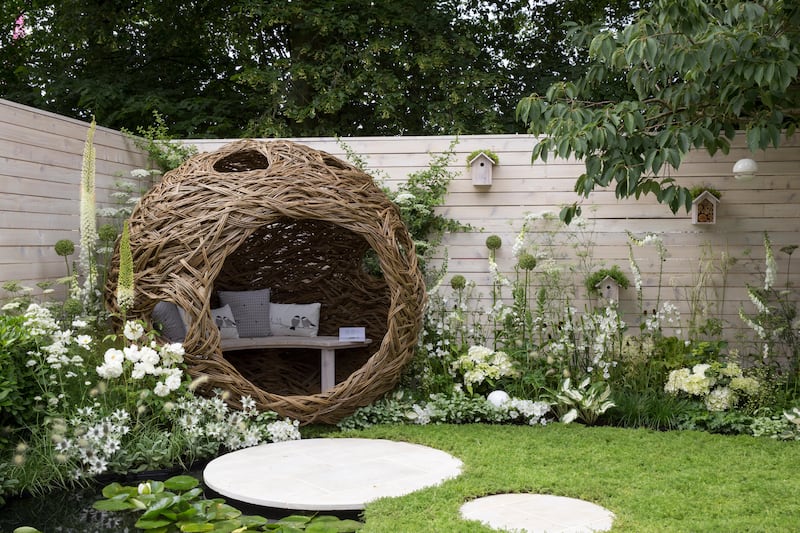AS THE weather warms up, jobs in the garden seem endless, from weeding out borders to digging new beds, moving heavy pots and planting new shrubs.
While some gardeners go straight from the couch to tackle the garden, it’s important to stretch to warm those muscles up before taking on a variety of tasks, says award-winning osteopath Anisha Joshi of Osteo Allies Clinics, run from Until’s London-based wellness optimisation facilities.
The Royal Society for the Prevention of Accidents (RoSPA), states that around 300,000 people are hurt seriously enough in their gardens to need to go to hospital every year.
As well as gardening mishaps, common muscular-skeletal injuries resulting from overdoing it in the garden include neck and back pain, tendonitis, which causes joint pain and stiffness, and carpal tunnel syndrome, a pressure on a nerve in your wrist which causes tingling, numbness and pain in your hand and fingers.
Joshi offers the following tips to gardeners to help avoid injuries.
Always warm up first: Before you start gardening, take a few minutes to stretch your muscles and warm up your body to help you avoid muscle strain and prevent back pain. Start with some simple stretches such as shoulder rolls, neck stretches and hamstring stretches. You can also do some light cardio exercises such as walking or cycling to get your heart rate up and your blood flowing.
Use the right tools: Using the right tools can make a big difference in preventing back pain while gardening. Invest in tools that are designed to reduce strain on your back and joints. Look for tools with long handles that allow you to work in a standing position, rather than bending over. This will help you avoid the strain of constantly bending and reaching.
Take breaks: Gardening can be a physically demanding activity, so it’s important to take regular breaks to rest and stretch your muscles. Take a break every 20-30 minutes to stretch your legs, walk around, and hydrate yourself.
Work on core strength: If you need to lift heavy objects such as bags of soil or pots, it’s good to do some gentle core exercises. Bend your knees and squat down to lift the object and hold your belly button in. Keep the object close to your body, and use your legs to lift, rather than your back.
Don’t let your back take the strain: Using a gardening stool or bench can help you avoid back pain by allowing you to work at a comfortable height.
Stretch after you finish up: After you finish gardening, take a few minutes to stretch your muscles and cool down. This will help prevent muscle soreness and stiffness. Stretch your hamstrings, quads, back, and shoulders to help your muscles relax and recover.
Joshi adds: “Often I offer rehabilitation exercise as part of my treatment plans, but I always stress to my clients that using exercise to strengthen those areas before they become injury prone is the best method.”
Here, she suggests three specific exercises that are good to do before gardening to avoid back pain.
Hip hinges: Stand with your feet hip-width apart and your knees slightly bent. Place your hands on your hips and hinge forward at your hips, keeping your back straight and your core engaged. Hold for a few seconds, then return to the starting position. Repeat 10-15 times.
Cat-Cow stretch: Start on your hands and knees, with your hands directly under your shoulders and your knees directly under your hips. Inhale and arch your back, lifting your head and tailbone up towards the ceiling (Cow Pose). Exhale and round your spine, tucking your chin to your chest and pulling your belly button towards your spine (Cat Pose). Repeat 10-15 times.
Quadriceps stretch: Stand with your feet hip-width apart and your knees slightly bent. Lift your left foot off the ground and bring your heel towards your buttocks. Hold on to your ankle with your left hand and keep your right hand on your hip. Hold for a few seconds, then release and repeat on the other side. Repeat 10-15 times on each leg.
Joshi warns that gardeners should only go as far as they can go and not to push these exercises beyond their limit, adding: “Remember to consult with your doctor before starting any new exercise routine, especially if you have a history of back pain or injury.”
